I wasn’t quite planning for this but since I posted a somewhat rare hatchback variant of the ’86-’90 B12 Nissan Sentra last week, why not follow up on the theme with another rare offering of a common and successful Japanese model from the same era?
So here’s something that should fit the bill; the diesel version of the ’83-’87 Toyota Corolla. A variant of the car so rare that I had forgotten it ever existed.
The car was a recent arrival to my San Salvador neighborhood. At first glance, nothing to get excited about. Just one more used Corolla brought from the US as a gray import, in a city stuffed with such cars.
But then I heard it, the distinctive clatter of the diesel mill as it drove away one evening. Perplexed, I checked on the car the next day. Indeed! It was a diesel Corolla!
For those who didn’t experience those days, the fuel price hike between ’80-’81 sent everyone scrambling to get diesels to the public. Efforts that went from the serious to the desperate, with a few being rather infamous on the American side of things.
Not so for Toyota, which had been delving with diesels for a long time and had the know-how to offer a competent diesel-mobile for the US masses. Then again, in the form of the Corolla, the option arrived to the market just as the whole matter was fading away. Fuel prices were coming down, and then that whole Olds-diesel fiasco soured many on the concept. In dieselized form, the Corolla was available for a scant two years.
As it probably won’t surprise you, Paul already covered one of these with a rarer hatchback version, of all things. That older post gives more context on the car and its market position.
As for the model’s specs, the Corolla’s diesel used the company’s 1C 1839cc four, which provided all of 58hp. As thus equipped the Corolla had “excellent EPA numbers (adjusted): 33-43-37, a 28% improvement over the gas engine.”
In all honesty, I always preferred the sleeker still-RWD ’79-’83 Corolla crop against this generation’s strict boxyness. I also found the sedan’s pronounced notchback silhouette too formal for a car with modest dimensions. Personal feelings aside, the model was incredibly popular around the streets of Puerto Rico when I arrived there in late ’87; the days of Toyota’s unstoppable rise.
Still, if there’s a car profile that says 1980s to me, it’s this Corolla’s generation. Not only because of its clean origami lines but also because in my mind, it will be forever associated with the “Toyota Secretary Brigade.”
The “Toyota Secretary Brigade”? I hear you ask. Allow me to explain.
On our arrival on the island, Mom got back her secretary post at the Mayaguez Superior Court. In short order, we had moved to a corner home in “El Barrio Broadway”, a humble area on the town’s outskirts. As the rental had been a referral by someone in her office, it probably wasn’t a surprise that a bunch of her coworkers lived in the 3 blocks or so that surrounded us.
And thus, I came to know the “Toyota Secretary Brigade”. First, Mom with her ’87 Toyota Tercel hatchback. Next door, a younger coworker with a Tercel sedan of similar vintage. Finally, a short and fair skinned lady who lived in a two-story home across the street and drove a Corolla sedan. The brigade’s most memorable member.
Hers was just like today’s find (sans diesel and cheap add-ons, of course), sporting the same metallic light blue hue. The car’s interior was deep blue, with blue fabric seats and an automatic. It was a clean and efficiently laid out cabin, that while lacking American-style plushness, was welcoming enough.
While these FWD Corollas are known for being mild-mannered daily companions, its owner was anything but. She was hyperactive and high-strung, always on the move and incapable to remain still. Her life seemed to be emotional and intense, with most of her family members always waiting to hear her say to act accordingly. She was a friend of sorts, as she was too much of a tornado for Mom. Nevertheless, she was part of our neighborly life.
Life in the barrio was naturally intense, in the lively way the tropics tend to be. Conversations could be heard from across the street, while music blasting from open windows and balconies was a norm. During the day, the billiard down the main street was a source of daily activity and colorful characters, while at night, family squabbles in nearby homes awoke us on more than one occasion.
Against that exciting landscape, the Toyotas of the “Secretary Brigade” were anything but. The cars just ran dependably and without surprises; a serenity much welcomed. Meanwhile, plenty of their coworkers never seemed to stop having trouble with their Detroit-built cars of the 1980s. It was quite a contrast. Not that US metal was all cursed. The most reliable one by far as a recall? A ’68-’70 Chevelle that belonged to the office’s errand boy. Nothing could kill that thing.
Meanwhile, we’ll leave European makes out from this post since their presence on the island was becoming minor by then.
Or maybe we won’t leave them alone… After all, my hand is being forced by this post-’93 Citroen Xantia, another neighborhood fixture that is oftentimes found next to the Corolla. It’s a rare model in this nation; a survivor from one of the brief periods the make came to the region.
Leaving Peugeot aside, French makes have only appeared briefly in Central America. Citroen is the most inconsistent, with their arrivals being “blink or you’ll miss it” affairs. With weak dealer attention and scarce spare parts, it’s not surprising their presence quickly fades after those short stints.
Then again, this being a minor market, one could forgive Citroen and Renault (another minor player in the region) for not putting that much effort into the whole matter. Maintenance, or worse, a repair on a Citroen/Renault, means weeks of waiting around here. Even when official dealers are around.
On the other hand, as minor as these markets were, Japanese carmakers always treated them like their livelihood depended on them, with local dealers being well attended. Even from the early days. So it makes an interesting case of how established makes dropped the ball in some expanding markets, while newcomers capitalized on those failings.
Let’s leave the unsteady interests of French carmakers in Central America and let’s show some love to this Xantia. After all, the car rarely appears at CC or at the Cohort (Its official post by T87 is HERE). The Xantia was Citroen’s upper mid-range offering from 1992-2001. A family hauler meant to take over the mantle of the successful Citroen BX, with lines penned by Bertone.
The 1990s was an era when car styling was becoming more universal, and the quirkiness of previous Citroens wasn’t quite as marked on the Xantia. Depending on your point of view; either the Xantia’s lines wore a clean and dignified Euro-style that still managed to say “Citroen”, or offered a universal language that was attractive but bordered on generic.
Whatever your feelings, the dart-like silhouette is attractive. And that slumped rear is a reminder that this Xantia uses Citroen’s well-known hydropneumatic suspension. If you must wonder, it seems to still mostly work. I’ve seen this car parked, at some point or another, displaying each of its suspension settings in frozen form.
Outside of their element French cars have a fame for being temperamental and flimsy. I don’t know much to say whether that’s true or not about this particular one, but it’s still around, in a nation where a dealer hasn’t been available for years. That said, it doesn’t seem to get much activity.
About 1.5 million Xantias were built in France during its run, a number that was pretty decent and that I don’t doubt. Xantias were a rather common sight in Spain during my visits in the early and mid 2000s; a rather popular car with upper middle-class types in that part of the world.
So, two rare models in this region for today’s post. One, I would think almost a unicorn by now.
And you can see in this shot, my street sometimes seems stuck in the 1980s-1990s.
As for the diesel, I doubt any of the members of the “Toyota Secretary Brigade” would have picked it as their preferred choice. But if one of them had done so, they could as well be still driving one around. A possibility today’s survivor clearly proves.
Related CC reading:
Curbside Classic: 1984 Toyota Corolla Diesel – Latecomer To The Diesel Party





















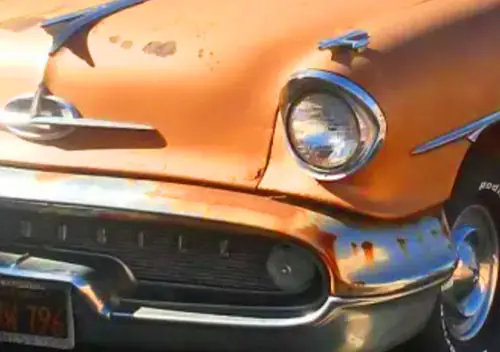
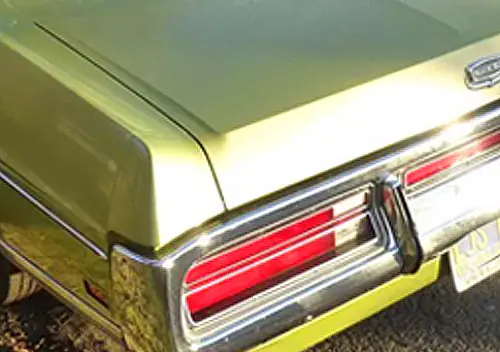
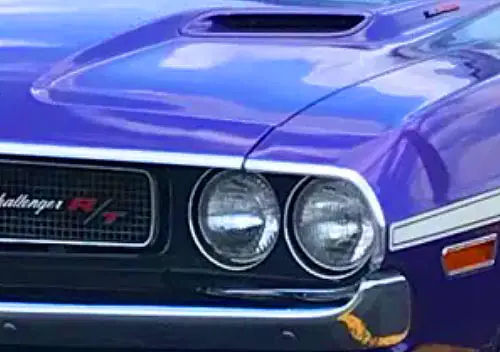

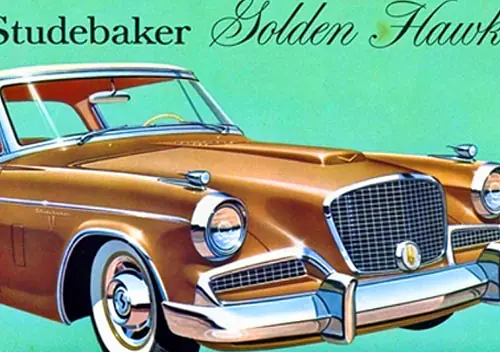
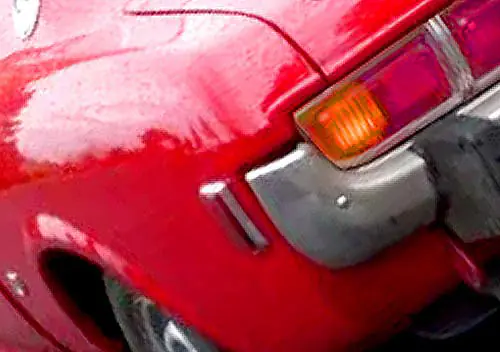
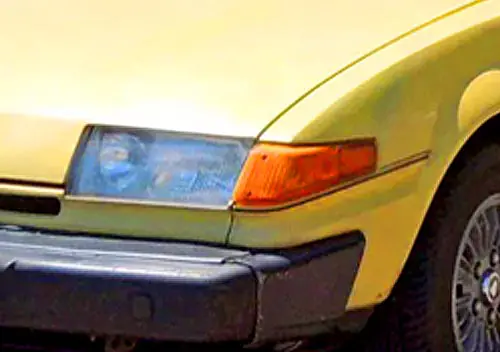
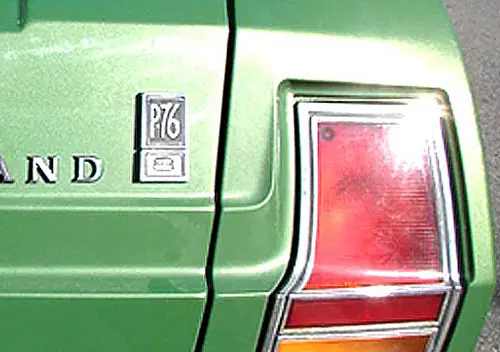
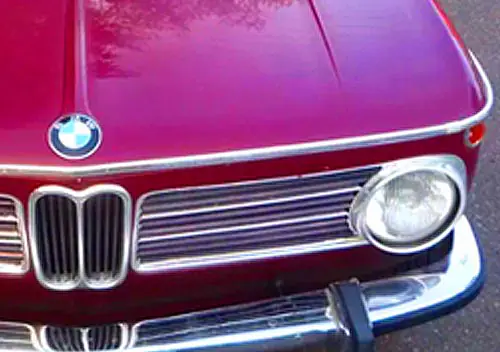
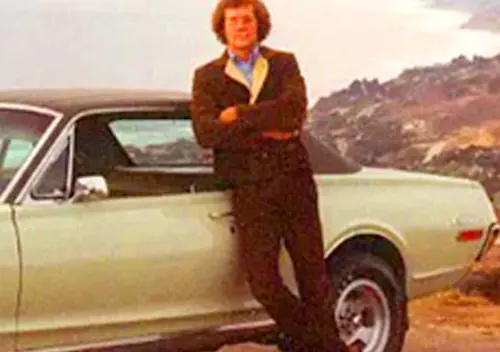

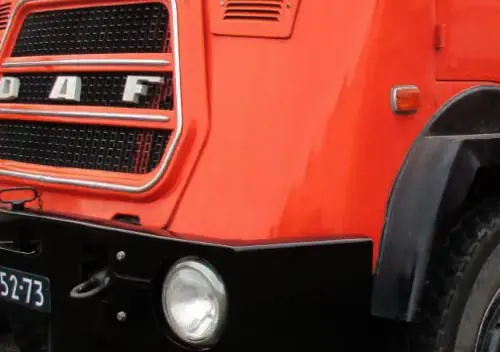
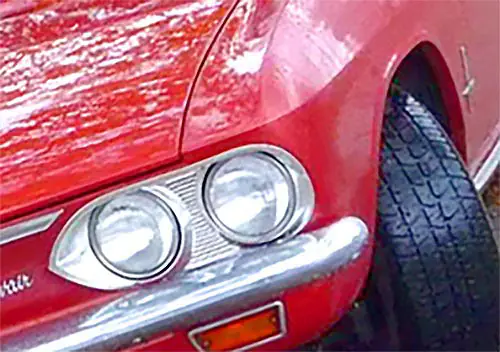
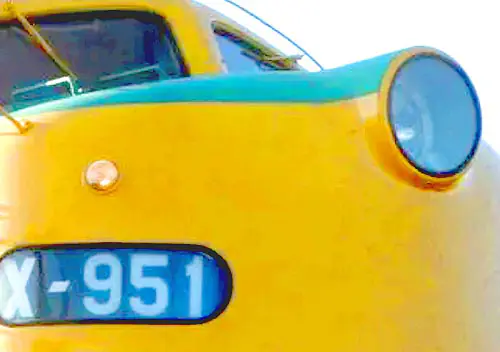
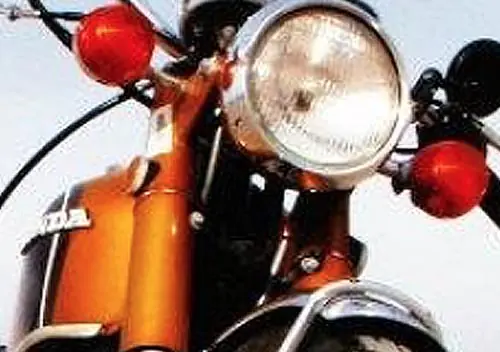
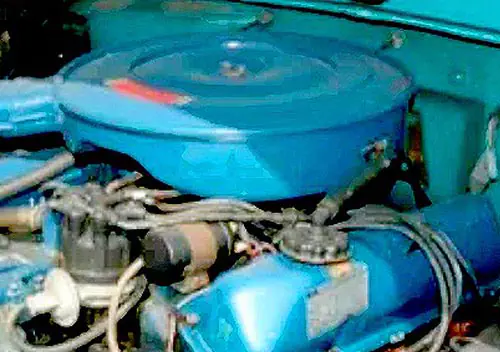

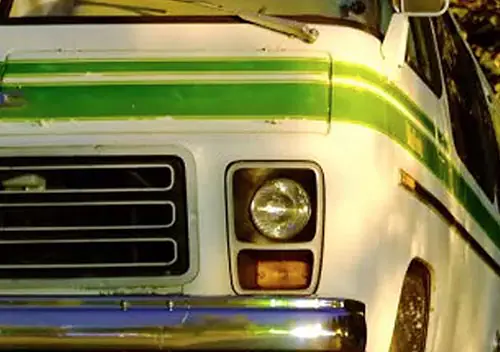

That is an intriguing combo of cars indeed. It would be difficult to find a car more contrasting the diesel Corolla than the pneumatic Citroen.
I like my 80s diesel but it’s got a turbo and three digit horsepower. I don’t think 50 or so horses would cut it where I live.
Very ‘Eugene-like’, spotting two such unique CCs, parked together.
The Pontiac G6 reminded me, what a more progressive next generation Citroen Xantia, might have looked like. With softer, more organic late 1990’s inspired lines. Impressively, the G6 styling made this Citroen, seem conservative in its looks. Borderline dumpy. Thought the G6, was one of the best-looking cars of that era.
Talk about YMMV! I’ve always thought the subtle, chiseled Xantia to be very classy, and the G6 blobby, amateurish, and cheap-looking.
Perhaps, it is our difference in age? The Xantia was introduced in 1992, yet it appears like a mid to later ’80’s design. I can understand the appeal of squared off edges, and broad black body side moulding, and black bumper covers. But it was state-of-the-art in design circa 1984-’87. Body coloured molding, and softer edges was already mainstream, by the early ’90’s. See Accord, Camry, and Taurus.
If viewed through a 1986 filter, the Xantia does look much better! Designers are paid big bucks, to not introduce design, that looks significantly dated.
+2 to Justy.
There’s a real mastery evidenced by Bertone in the beautifully resolved Xantia, which I don’t see in the G6. One is a can can girl, the other a prima ballerina.
The Citroen is blessed with subtlety throughout. The more you look, the more you see. No contrived ‘look at me!’ histrionics – everything is gentle. Notice how those bumper panel seams are artfully hidden. No ugly drip rails. Deep, practical side glass which btw entirely retracts.
To my eye, such a clean and timelessly attractive sedan. And, the world’s most invisibly disguised hatchback?
Yeah maybe I’m biased. It was my joy to own a Xantia CT for almost 10 years. Mine was an Activa – a rare variant anywhere, especially in Australia, one of only 32~35 imported new.
As well documented, the roadholding of the Activa chassis is truly astounding, they keep hanging on calmly to ridiculous levels, despite skinny tyres. For cornering, the perfect Q ship. So much fun to be had, yet still featuring that magic carpet ride!
Plus all the theatre of a genuine ‘sinker’ hydro. Btw some judge Activa to be the last of the ‘true Citroens’ as, bar the manual shift, every system (including clutch) is integrated into one high-pressure circuit. Also notable is their being equipped with 10 spheres, a brand record.
Sorry for the rave but IME I found it very hard to criticize anything about that car.
My wife at the time and I sent to the Toyota dealer in Lynn, MA with the intention of buying the 4 door gas version, must have been 1985. Test drove one and then spotted the all new Camry on the lot. We ended up getting the Camry for not much more than they were asking for the Corolla. I liked that first gen Camry but always regretted not owing one of these Corollas, I really liked the boxy look. To your point though, I would have preferred the previous gen RWD. Make mine a lift back please.
Is it just me, or does that Corolla appear “lifted”? Maybe just undersized tires?
Could be slightly lifted. Stock condition is something the locals just don’t really stick to.
Looks “lifted”.
Fantastic rare find .
I like the looks of this neighborhood, when I lived in Guatemala the parkways were all dirt, a few residents tried to grow trees, the envious next door neighbors either ripped them out or after being swaddled in fencing, would come out at midnight to pour boiling water on them to kill them .
I too had forgotten about these quirky little cars, I remember Isuzu Diesel sedans and pickups .
-Nate
“I like the looks of this neighborhood, when I lived in Guatemala the parkways were all dirt, a few residents tried to grow trees, the envious next door neighbors either ripped them out or after being swaddled in fencing, would come out at midnight to pour boiling water on them to kill them .”
Oh, why!? Reminds me a bit about the “crab mentality” in the Philippines.
Excellent find, and an enjoyable read, as always.
Old Corollas are becoming extinct here there arent many parts around and due to age 6 monthly inspections find faults, Xantias are a dieing breed too they are just aging off the road that is quite an early one a mate had several one 2.0 petrol and two 1905cc TDI fast and comfortable, and the diesels being manual were ridiculously cheap on fuel, The scary to most mechanics suspension is actually easy to repair once you understand it, the old hydropneumatics are meant to sink while parked, its not a fault anywhere, hydra-actives like mine arent.
Love this gen Corolla. They always felt flimsy – and to crash, very likely are – but they were roomy, rode beautifully, and handled just fine. They had a super-clear ’80’s square dash, and everything just worked in nice proportion to everything else. It also turned out they could not be killed. The diesel’s a new one on me, though. Can’t help think it would clatter away quite a bit of the fun these were to drive (and yes, they were a Toyota that was indeed fun to drive).
As for Europeans in foreign climes, your description of dogged Japanese persistence says it all. That is, the Euros could be selling perfectly decent machines, like this Xantia, but beyond having sold a few, it’s always like they couldn’t be arsed. “Mon dieu, it’s too ‘ot to be bozzering with dealers and partz, and zeez – ‘ow you say – customerz.” And so, in a cycle of self-perpetuation, the few that sell get a bad name if anything breaks, and the whole shebang quickly fades, whilst leaving a bad taste lingering.
It really needn’t be that way, but, to put it as frankly as reality has it, it’s clear that they just couldn’t give a shit. Is it Euro arrogance, superiority? Hard to think what else. Whereas a company like Toyota, with dynamically less-interesting cars of no inherently-greater mechanical worth, did care about reputation and persistence, and the results are as they are.
In the side view it looks a bit like a Volvo 740 that was washed and dried at too hot a temperature.
The “slightly weathered”, vibe to the neighborhood in the pics is like the one I grew up in.
Was “not awful”, by the late “80’s”, “soo, not nice. Come “2010ish”, “the pits”!!
Current day. “Horrendous”.
The one pictured is “not awful”.